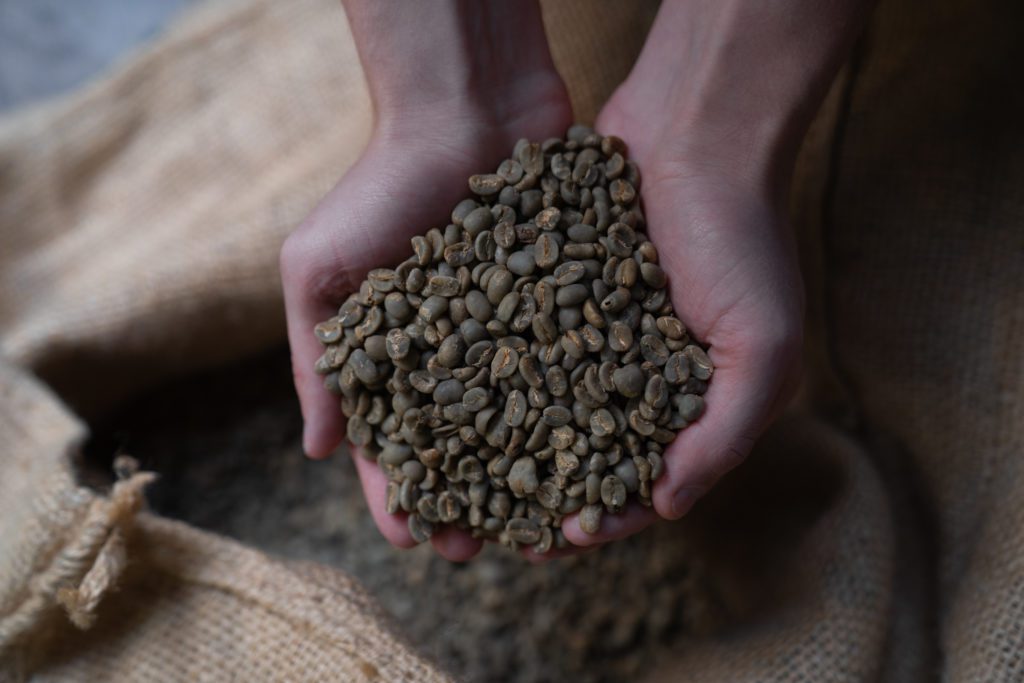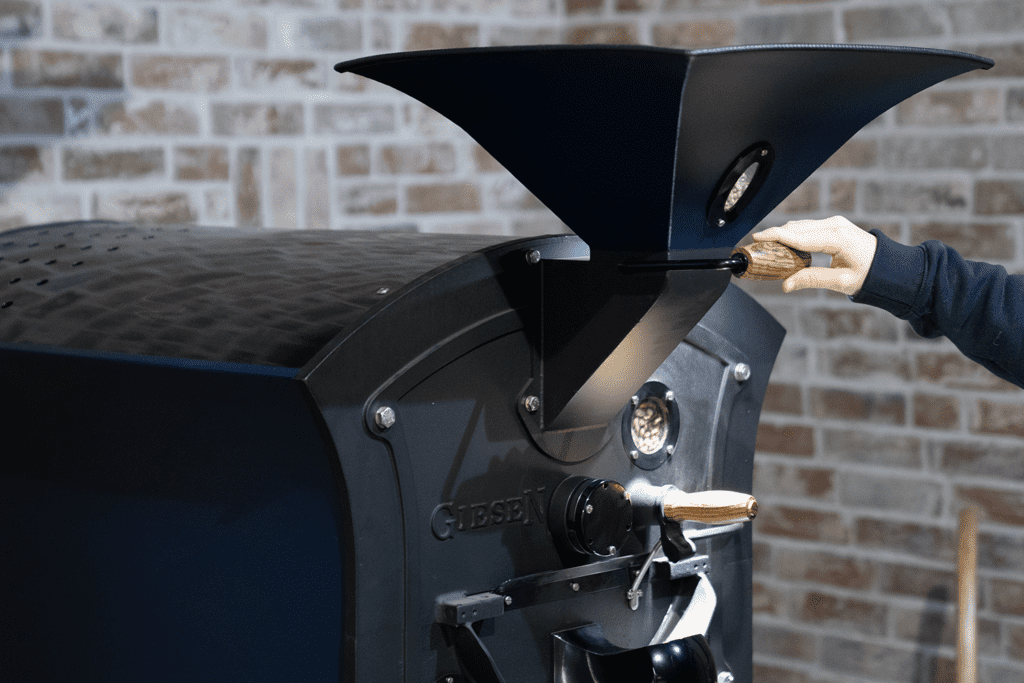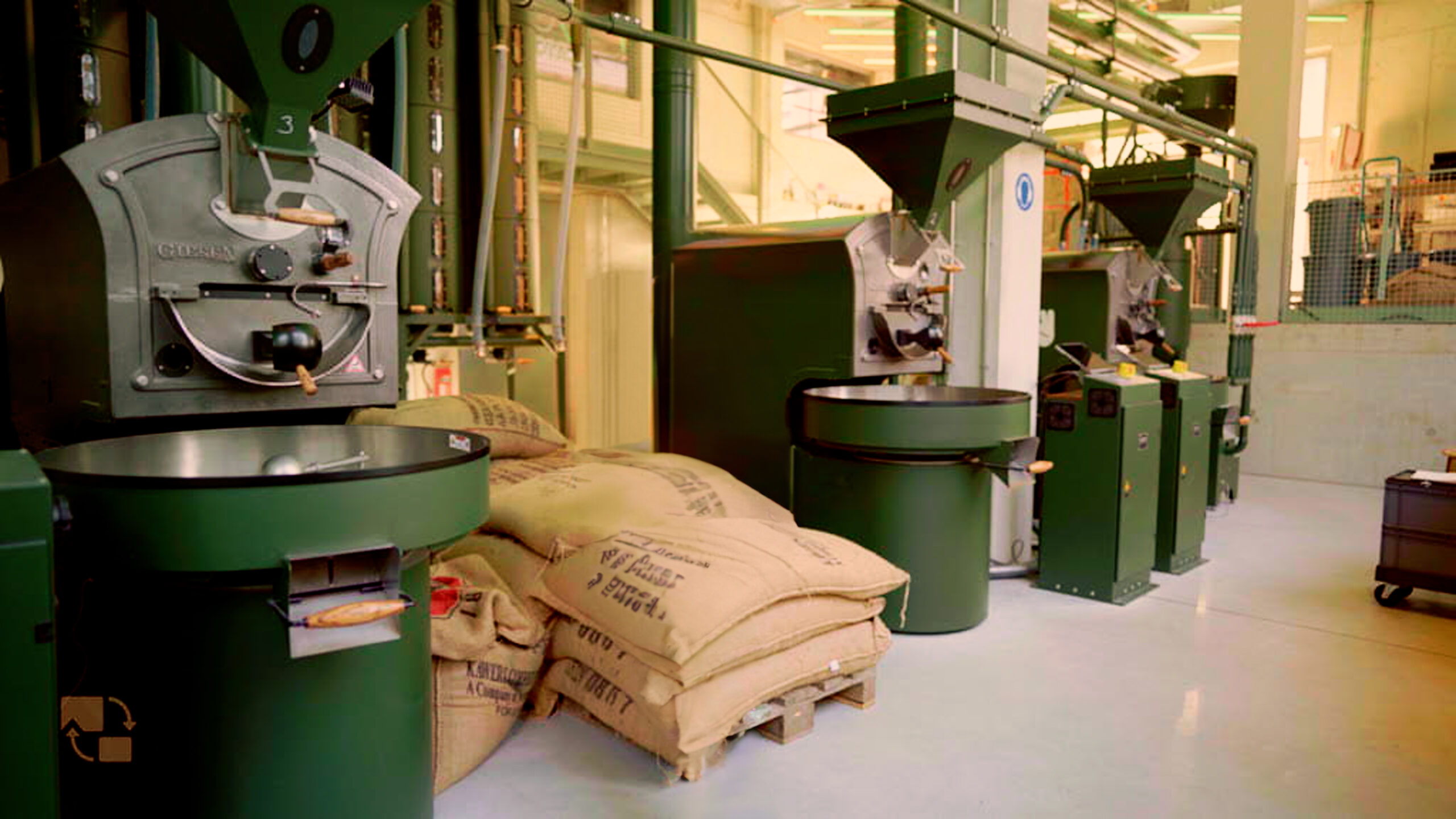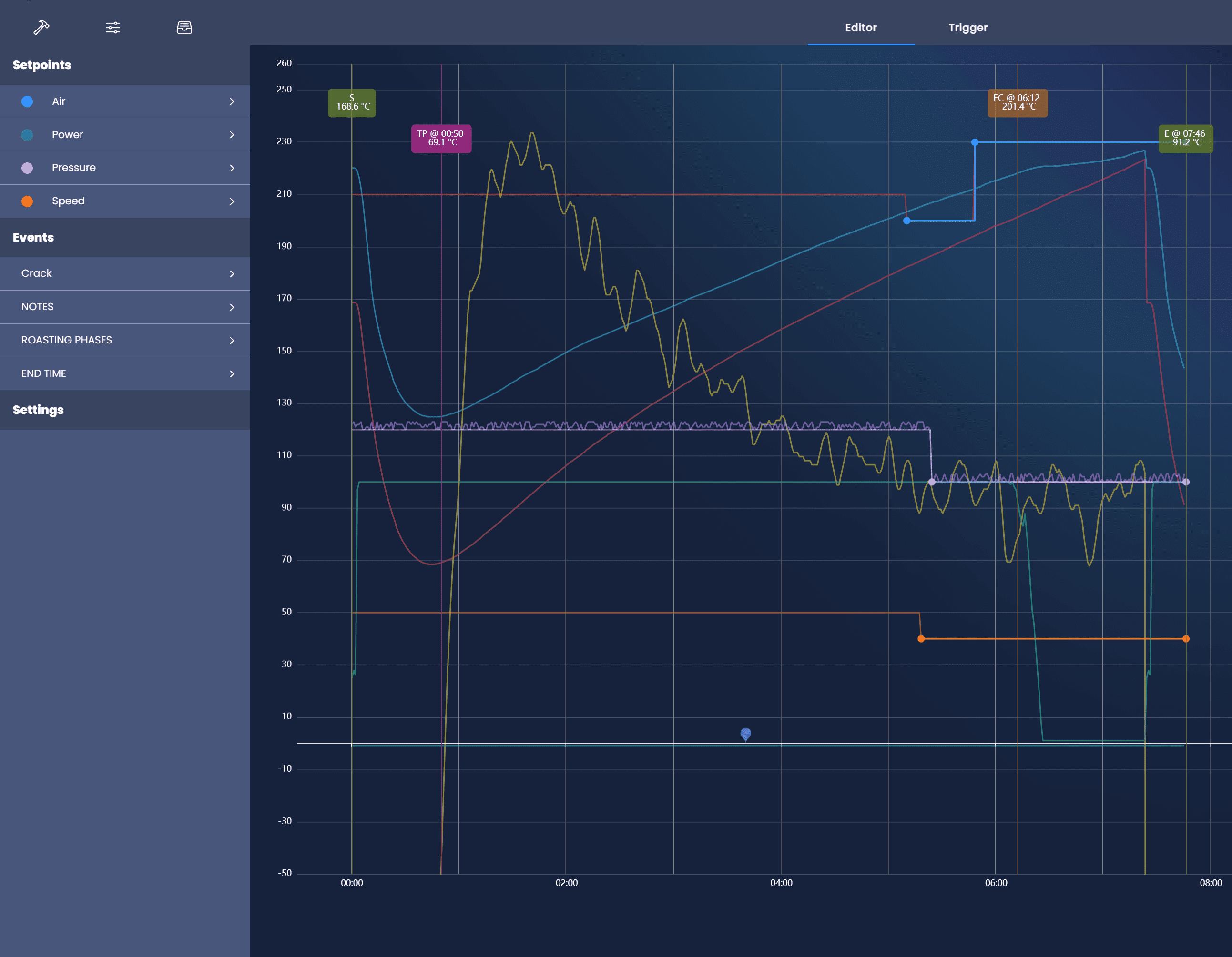Starting up your coffee roasting business can be very tricky. Especially in the beginning, a lot of things will come over you and there are many things that you have to take into account. In Giesen webinar #8, Willem Boot, Marcus Young, and Rick Appleton share as much of their experiences as possible to help you start your coffee roasting business. They share information you will need in the beginning, but also discuss points that many beginners overlook.
Equipment selection
When choosing your roasting equipment you first of all need to take the time to select the machine you want to use. This depends on multiple things, first of all, the capacity that you are going to need. In the webinar, we explain how important this is. The decision is not only for the short term. If your roasting company becomes successful and your production will increase, this will become difficult if you picked a machine that is too small. At the same time, you can of course also choose a machine that is too large, which results in overcapacity. Therefore, take the time to consider which way you want to go. Do you want to stay small-scale, or do you want to be safe for long-term growth? Also, make use of our extensive dealer network. There are many agents and dealers worldwide where you could try out a Giesen machine. Obviously, something that is nice with an investment of this size. Rick Appleton mentions that one of the key reasons that he chose for a Giesen machine was the practicality of the Giesen support unit, which among other things is caused by the extensive dealer network.
Approximate volumes
The approximate volume of your roasted coffee depends on several things. One of them being the type of business you are starting up. A café or bakery, for example, will need an approximate coffee volume of around 50 to 200 lbs. A restaurant 20 to 100 lbs, and an office, depending on the size, will need an approximate 20 to 100 lbs as well. A well-thought-out plan about the type of business you want to start can provide insight into the choice you have to make with regard to your equipment.
Additional equipment
In addition to the coffee roaster itself, there are of course many other types of equipment that you will need in your company. In the video of the webinar, the specialists elaborate on this, but here is a brief summary of a number of things to take into account:
– Green Coffee Conveyor (GCC), to load your coffee into the hopper automatically
– Destoner, to remove debris and clutter from your roasted coffee
– Bins, to store your green and roasted coffee
– Profiler software, to measure, re-play and analyze your roasts
Also ensure that your roasting facility complies with the requirements that are set by the roaster you want to acquire. Take the following subjects into account; ventilation, electrical facilities, plumbing and gas supply.
In addition to roasting coffee, you also want to cup and drink your roasted coffee. You also need certain equipment for this. Below you will find a number of lists of equipment you can take into account.
Production equipment
– Coffee grinder
– Certified scales
– Weighing and filling equipment
– Scoops and fillers
– Packaging and sealing equipment
– ERP software
Cupping supplies
– Calibrated hot water
– Bowls and spoons
– Cupping facility
Lab equipment
– Sample roaster
– Color meter
– Moisture and density meter
Green coffee buying basics
There are two ways of buying green coffee for your roasting business; differential pricing and fixed pricing. Here you find a brief explanation of both ways green coffee can be priced. Differential pricing means that there is an adjustment to the C-market price to account for the unique qualities and attributes of a given coffee. Fixed pricing means that there is a set price for coffee based on the cost of production and allowing for a profit margin.

In addition to the way in which coffee is priced, you can also purchase your coffee in various ways; forward buying and spot purchasing. Forward buying means that there is a contract for a buyer to purchase coffee and a producer to sell coffee. This is set at a specified quality, location, and price at an agreed-upon date in the future. Spot coffee means that coffee is available for purchase in a specified warehouse for delivery at the time of sale. Both options have their own advantages and disadvantages, which are discussed in the webinar.
Cost of goods
Check out the webinar video for an extensive explanation of the cost of goods that coffee roasting that is involved with operating a roasting business. Willem, Marcus, and Rick explain some calculation examples based on the different Giesen machines. You can use these calculations to get an indication of the costs that you will have to incur as a roaster. Do you have any questions about the webinar or the information that has been treated? Feel free to ask by posting a comment.
Check out the other Giesen blog articles and webinar summaries here.




